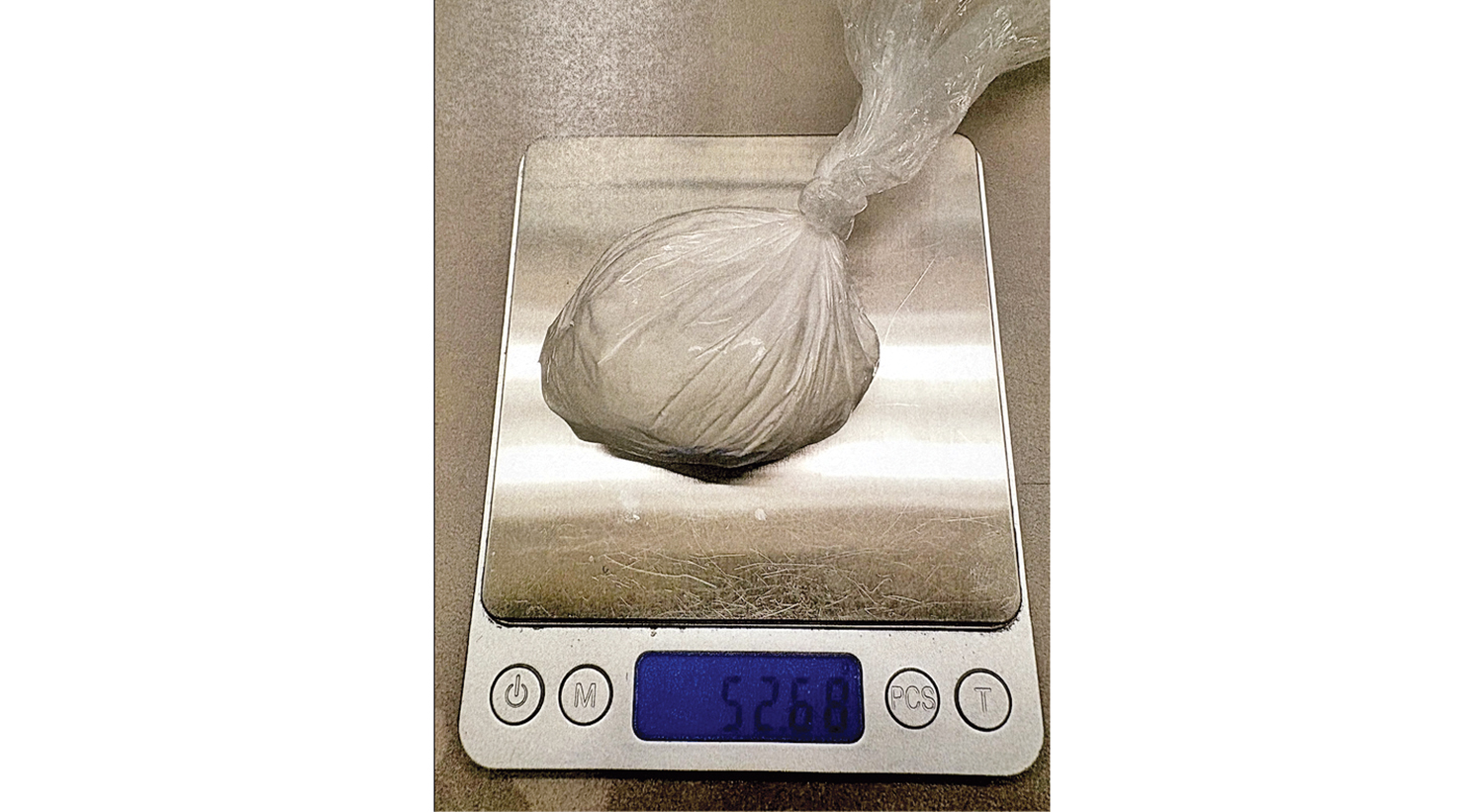Tanking its place in history
Published 12:00 am Monday, July 22, 2002
The Ironton Tanks haven't played since the 1930 season, but the victory bell rang again Sunday.
A crowd of approximately 500 people gathered in the hot, sunny weather to watch the Ohio Historical Marker dedication ceremonies of Tanks Memorial Stadium, the home of the legendary pro football team that existed from 1919-30.
"Today all of us stand on the shoulders of giants. And as we do so, we honor the memory of the Ironton Tanks and the stadium where they achieved their glory," Lawrence County Historical Committee member Joe Unger said.
"Our assemblage here today speaks proudly of the heritage of Ironton, Ohio, and the National Football League, But more importantly, we dedicate this place as a shrine to sportsmen of great caliber and to a citizenry that was their foundation. The Tanks have won their last contest, the contest with history. Go Tanks."
On hand for the ceremonies were John Bankert, executive director of the Pro Football Hall of Fame, Kristina Markel of the Ohio Historical Society, Pat Ellis of the Ohio Bicentennial Committee, Tiger Clan president Rick McKnight, and Naomi Deer of the Lawrence County Historical Society.
The Tiger Clan provided Ironton's share of the money needed to pay for the historical marker. The Bicentennial Committee and the Longerberger Basket Co. provided the other two-thirds.
Handling the unveiling honors was Glenn Presnell, the former Ironton Tanks great who later played in the NFL and was a two-time All-Pro. He led the Detroit Lions to the 1935 NFL championship as he led the league in scoring.
Presnell, who will be 97 next Sunday, is the oldest living former NFL player. He recalled his first look at Tanks Stadium when he arrived in Ironton to play professionally with the local Tanks after earning first team All-American honors at Nebraska where he led the nation in rushing his senior year.
"I came here in 1928 and I'd never seen a covered stadium or a lighted stadium," said Presnell. "It was something different to see an enclosed stadium. I had never seen one before. It was real nice. It was interesting."
Of course, in the 1920s the lighting wasn't the same as today. Games were played on Sunday afternoons, but practices had to be held in the late afternoons or evenings because the players taught and coached at the area high schools.
"They had flood lights on top of the stadium and we had to practice at night. Most of the players taught in the county, so they had to practice their teams after school," said Presnell.
Bankert reflected on the talents of Presnell as well as the historical significance of the stadium.
"I'm pleased to be here today for the dedication of the Ohio Historical Marker of Tanks Memorial Stadium where so much football history has been made and continues through today with the Ironton High School program," said Bankert.
"Over 17,000 men have played the sport of professional football, but only 216 have been elected to the Pro Football Hall of Fame. Anyone in the Hall of Fame who doesn't deserve to be there? We don't think so.
"Is there anyone who belongs in the Hall of Fame who isn't there? There are some men who have been forgotten. One such man is Glenn Presnell. He was a genuine superstar in the National Football League. He was a complete player. He was a 60-minute man who played both offensively and defensively. He was an excellent passer, a runner, a punter, a placekicker."
Tanks Stadium joins two other historical sites in Ironton, the courthouse and the Gray House, currently the home of the Lawrence County Museum.
Talk of building a stadium began during the 1925 season. A public meeting was held in December at the Ironton Elks Lodge with more than 50 boosters attending, but unofficial offers made by private parties to build the stadium caused all other plans to be dropped at that time.
After a four-month delay, the Ironton News stated a publicity campaign
by publishing coupons. The campaign started on March 23 and $1,950 was voluntarily pledged the first week for the sale of season tickets.
The next move was to call a public meeting at the Court House auditorium on April 16 by Bert Cohen, post commander of the American Legion.
Approximately eight boosters attending the meeting laid plans for the organization of a stock company, which finally resulted in the building of the stadium. It was at this time that an application was made for incorporation papers.
On April 26, the committee started a drive
for $30,000 worth of stock guaranteed to pay 7 percent, each year, with a certain amount of the principal being refunded from the profits.
The pledges reached $15,000 of the goal on the first day, and on May 6 the entire amount had been met. Jim Walker/The Ironton Tribune




